Although the global feature phone market is still huge, in the domestic market, the development of smartphones is moving forward, and feature phones are obviously behind the times. Although the two mobile phones stand on opposite sides, there are few such opposing but unequal opponents.
In addition to Nokia replicating the 8810 with feelings and JioPhone grasping India’s national conditions to occupy the local market, what other reasons do other manufacturers have to launch feature phones?
Purple Rice, using ZMI Purple Rice Travel Assistant Z1, with its features, highlights, and selling points, gave us the answer.
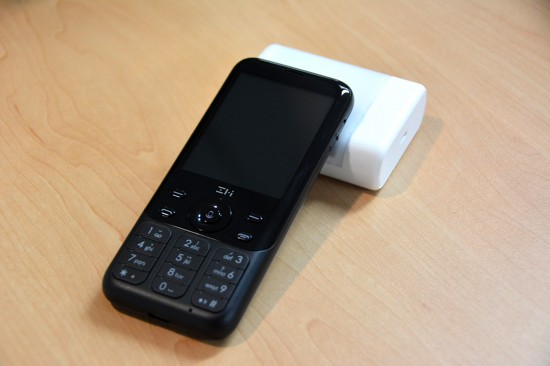
ZMI Purple Rice Travel Assistant Z1 has been officially launched on the JD.com crowdfunding platform today, with a minimum crowdfunding price of 349 yuan, and a ladder price of 399, 459, and a maximum of 499 yuan.
Even if you only play the nostalgia card, a feature phone used for exploration is also itchy. The ZMI Purple Rice Travel Assistant Z1 is a combination of a feature phone appearance, but built-in Android system and Xiaomi voice assistant Xiao Ai. This conflict itself is a distinct feature.
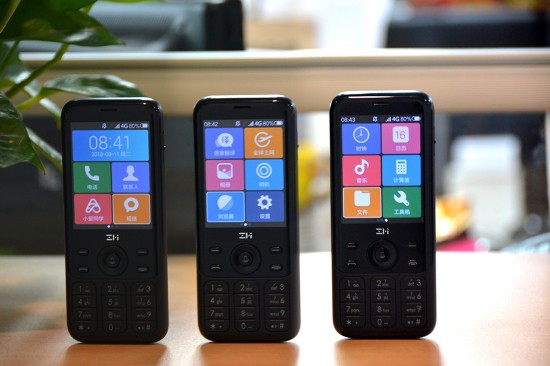
To be clear, the Z1 is much more than a mobile phone. Judging from the name, it is clearly positioned for the travel scene. The Z1 has functions such as portable routing, global Internet access, Xiao Ai classmates, voice translation, 4G full Netcom, dual SIM dual standby, mobile power supply, etc. For a mobile phone that can be used as a backup machine and a mifi, integration is also a major feature of the Z1.
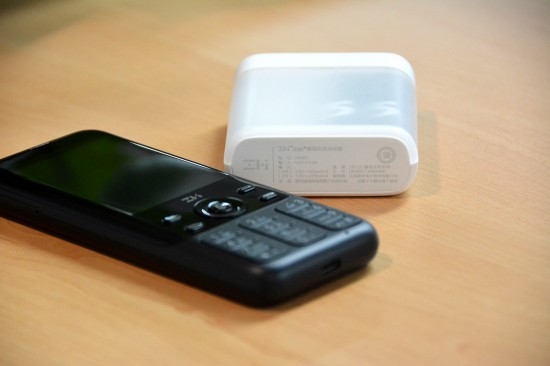
In addition, Zimi was known for manufacturing mobile power supplies for Xiaomi. Later, Zimi also launched its own brand of power banks, rechargeable batteries and other products. However, making mobile phones was obviously surprising.
How does this phone perform? We will explain the highlights and selling points of the Z1 through early experience.
Classic look, solid pleasure
The ZMI Purple Rice Travel Assistant Z1 uses a 2.8-inch QVGA screen with a 240 × 320 resolution and cannot be touched. The body size is similar to that of the iPhone 5. Although the thickness reaches 14.5mm, the whole machine is still small, and the control feeling in one hand is definitely much better than that of all large-screen smartphones.
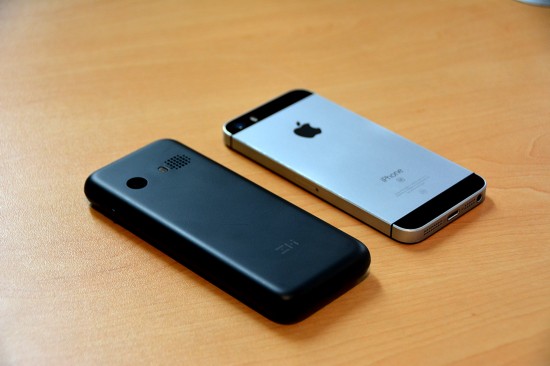
Of course, the grip is not an advantage, but the high degree of completion of the replicated feature phone makes nostalgia an unstoppable highlight.
It was difficult for people whose first mobile phone was a smartphone to understand the unforgettable charm of the feature phone for most people in their 80s and 90s. Although the Purple Rice Travel Assistant Z1 had a built-in Android system, it should be characterized as a feature phone. After all, the physical buttons were almost the business card of the feature phone.
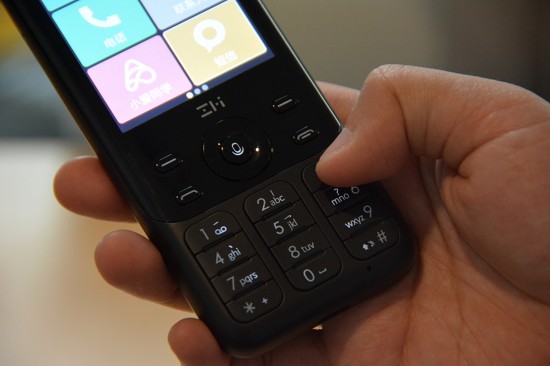
The Z1 uses the classic 9 grid physical buttons, the "kata" sound when pressed, and the powerful rebound, like a fuse to ignite memories. This is the realism that 3D Touch (Tap Engine) and mEngine can’t give no matter how well tuned.
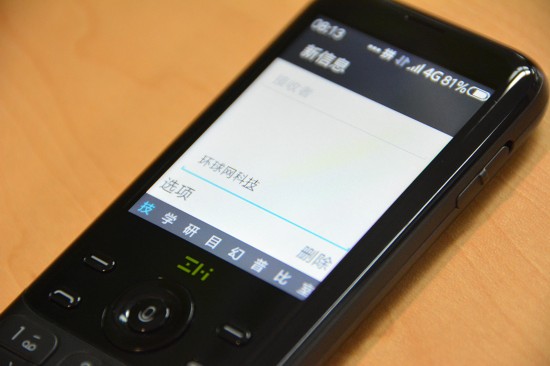
It may be that I haven’t used the physical keys for too long. I personally feel that the button feel of the Z1 is the same as in my memory, but I am no longer used to typing with the physical keys. The main reason is that the input method experience that comes with the Z1 is far inferior to the input method intelligence that comes with the Nokia S40 mobile phone in the feature phone era. First, you can only type one word at a time, and you can’t enter continuously. Secondly, although there is Lenovo input, the mobile phone responds slowly to input, which does not improve much efficiency. The typing experience of the feature machine that used to be close to "blind typing" cannot be relived on the Z1. I hope this can be improved through upgrades.
It is worth noting that the Z1, like traditional feature phones, does not have a special power button. It relies on the hang up button to long press the switch and short press to light up or turn off the screen. This point, even though I have used three or four feature phones, it took me half a day to successfully turn it on after ten years.
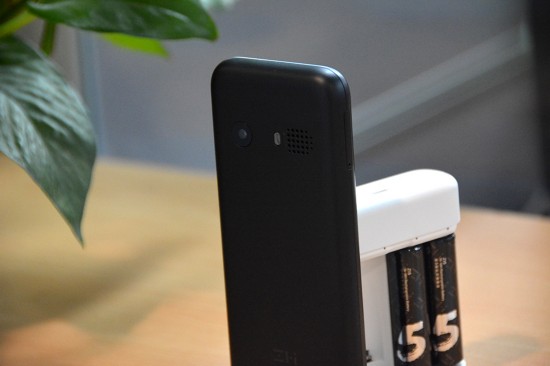
Appearance In addition to the untouchable screen and physical buttons, the back of the Z1 also has a 2 million pixel camera, single-color temperature flash and the back speaker opening that smartphones will never use now. Needless to say, the camera effect of 2 million pixels, the meaning of existence is more of a form, but the dense speaker opening has really dragged people back to the era when mobile phones can be used as stereos, and the sound is very loud.
Although the Z1 is insulated from the mainstream trend of full-screen, color-changing back shells, after exploring its system, you will find that the appearance of the feature phone may only be used for nostalgia, and the intelligent core is its selling point.
The intelligent kernel cannot be hidden on the surface of the function machine
Is the biggest selling point of ZMI Zimi travel assistant Z1 Android? Actually not.
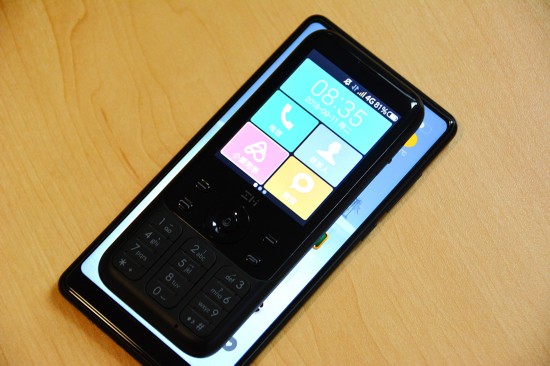
As early as June, it was revealed that ZiMi would launch a feature phone equipped with the Android system, and the playability of the Android system on the feature phone temporarily aroused the expectations of digital enthusiasts. However, this customized interface has vaguely explained something. When we got the phone, we first downloaded WeChat with our own browser to try to install it. The page prompted "For security reasons, your phone has been set to prohibit the installation of applications from unknown sources". Obviously, in order to obtain permissions, we should allow the installation of applications from unknown sources in the "Security" – "Facility Management" – "Unknown Sources" of the system settings, but the "Settings – Security" of the Z1 does not have these options, which is considered to close the door.
As a sign of completeness, I also connected to the computer and tried to install it through the mobile assistant, but tried many software without success to connect to the Z1. At this point I stopped trying. It seems that we can only use the functions provided by the Z1. But even so, the Z1 still has too many smart elements that cannot be concealed.
The Z1’s own information shows that it is equipped with the Qualcomm MSM8905, also known as the Qualcomm 205. This is a processor for starters, and it has even been stripped of the "Snapdragon" name by Qualcomm. However, the Qualcomm 205 integrates the Snapdragon X5 LTE baseband, supports 4G and is backward compatible, and supports VoLTE. Therefore, the Z1 can support full Netcom 4G, dual card dual standby, and adopts three-choice two-card slot (dual card or one card and one Micro-SD card).
The backup machine is already a backup, who would put two cards in it? So the Z1’s dual card exists to a certain extent for global Internet access. The Z1 integrates Xiaomi’s global Internet access function and supports 56 countries and regions. There is no need to insert a card or roam internationally, and you can directly enjoy the local 4G network. However, Xiaomi users know that this function will occupy a card slot. The principle is to send a virtual SIM card to the mobile phone and occupy an empty card slot, or disable one of the dual cards to occupy the card slot.
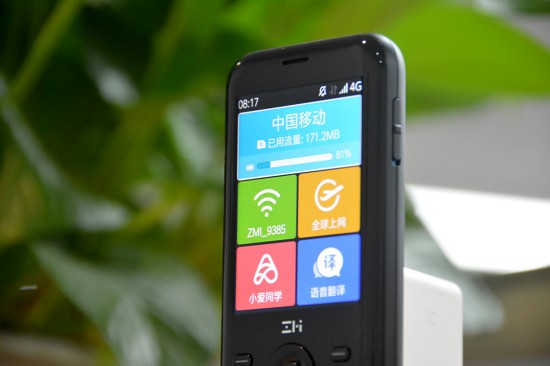
It’s obviously pointless to let the backup phone access the Internet globally, so the Z1’s biggest selling point is actually portable routing. In hotspot mode, the Z1 can share traffic with up to 10 wireless users and one USB user. The most intimate thing is that the Z1 has a dedicated button to start the hotspot with one click, and dial up to enter the hotspot mode. At this time, the interface automatically switches to another single-screen interface with only five functions: traffic/power, hotspot settings, global Internet access, Xiao Ai classmate and voice translation. It transforms into a mifi, and the switch is very fast.
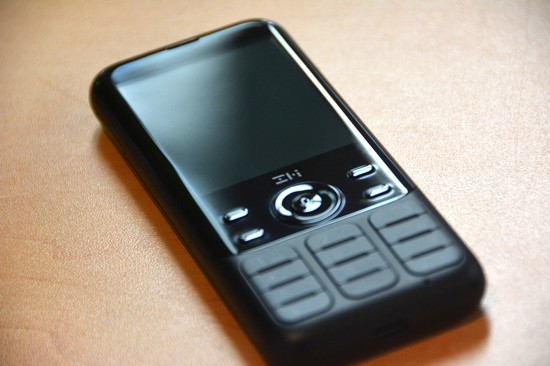
The selling point that is as important as the portable routing function is Xiao Ai. The confirmation button in the middle of the Z1 four-way navigation button has a microphone logo, which is very eye-catching. Long press can call Xiao Ai, and then let go. Although there is more long press operation than pure voice interaction smart speakers, it is more free to issue voice commands, and there is no need to hold the response time of the speaker. You can speak after pressing for a few seconds, or let go after a few seconds.
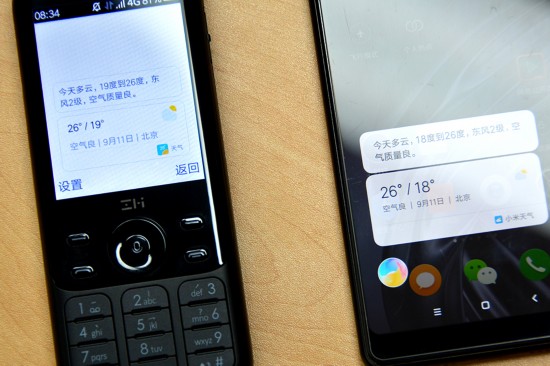
In addition to not being able to perform the obviously unrealistic operation of "WeChat sends XXX a 5 yuan red envelope", Z1’s Xiao Ai students have all the basic skills such as asking about the weather, making phone calls, setting alarms, listening to music, and controlling smart homes. Being able to see their own voice converted into text on the screen is also an experience close to Xiaomi’s smartphone. Through observation, it is found that Z1’s automatic speech recognition accuracy is very high. The microphone in the lower right corner of the keyboard is facing the user, which is a classic layout of the feature phone, which just increases the directivity of the radio in voice interaction.
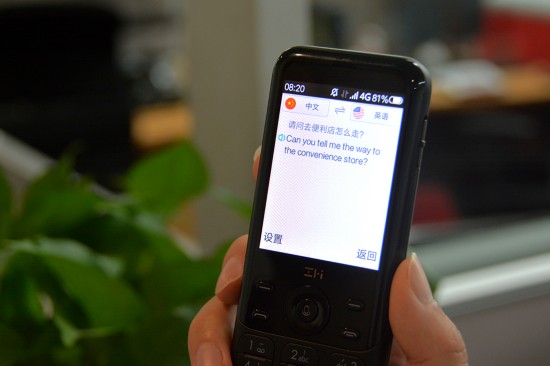
In addition, since it is a travel assistant, Z1 must be able to translate. Enter the voice translation module, the up and down buttons correspond to Chinese and foreign input, adjust the volume left and right, and press the confirm button to repeat the last translation result, the operation is very intuitive.
It is understood that the Z1 speech translation module integrates the dual speech engines of Microsoft and ORIONSTAR. Compared with Xiao Ai, the recognition of the speech translation part is equally accurate and the anti-noise ability is stronger. Moreover, Z1’s TTS is obviously optimized for the questioning tone, even if it is a statement tone, it can get the translation of the questioning sentence.
Write at the end
Finally, it should be explained that the reason why the power bank function is not introduced is because the Z1 does not have a USB port. Reverse charging of the charging port is a bit of a chicken for most people, because they need to carry another OTG cable. Fortunately, the Z1 at least comes with a random OTG cable.
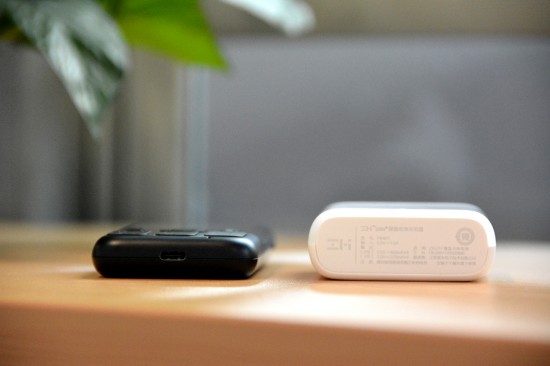
The Z1 has a built-in 5000mAh battery, and the battery life can be imagined. Surprisingly, it comes standard with a Type-C interface. However, Type-C earphones cannot be used, and there is no earphone jack, which means that it can only be placed publicly.
The Z1’s Android system is indeed less playable, and you can’t even see the Android version number in the settings. In view of the limited performance of Qualcomm 205 platform, I personally don’t think it is necessary to try more expansions. As a feature phone and backup machine, the Z1 provides enough functions. I believe that people who buy it more often use it in their bags for mifi.
Considering that the price of ZiMi 10000 mAh portable mifi is 399 yuan, and the price of Nokia 8810 replica version is 499 yuan, ZMI ZiMi travel assistant Z1 superimposes more functions than congeneric products, and the cost performance is quite outstanding.
As for the shortcomings in playability, I think it can be made up for by the built-in Snake and Tetris. After all, these two small games can really make people play for a day.
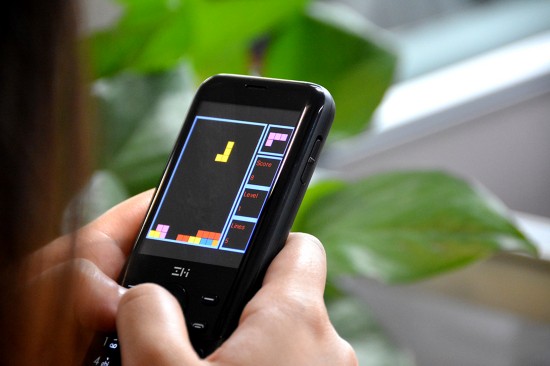
关于作者